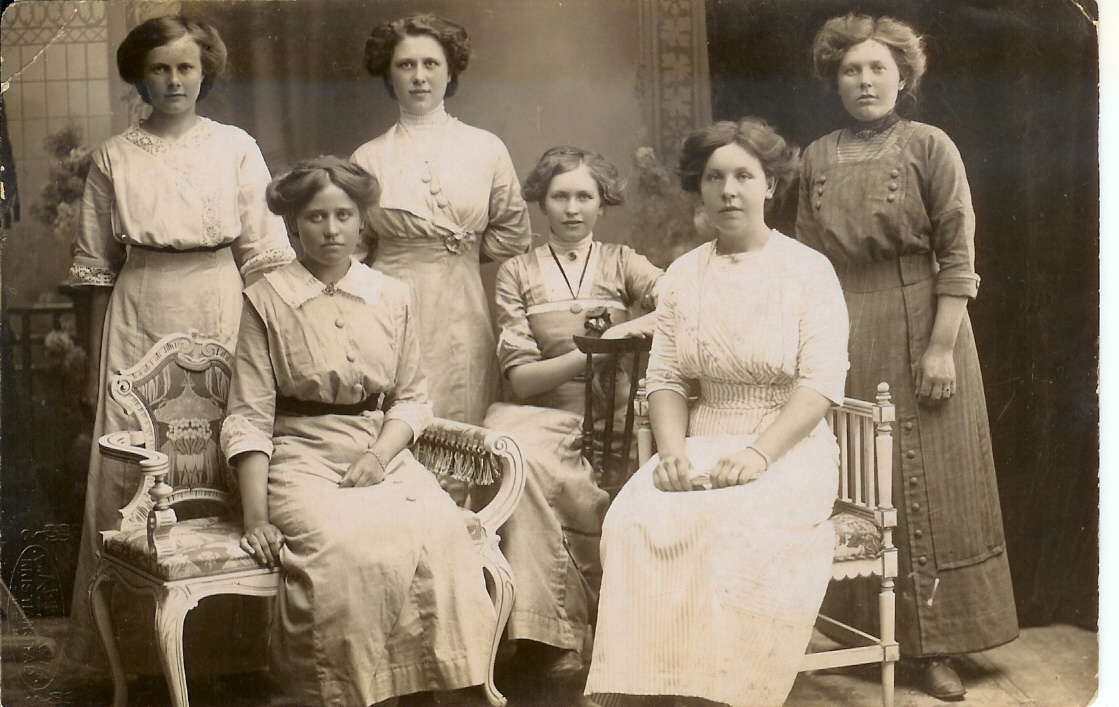Ian decided to go the Cambridge-Pembroke honors program over the summer and the BYU London Center in the fall. He had a ten-day gap between the programs. That led to a discussion about how I’d promised to go with the children to Ireland, as my father had done with me. The trip turned into a group project over the summer planning it. Joseph, Ian, Ariel, and Callie would travel with me to Ireland. Then, it became England and Ireland; and finally, England, Ireland, and France.
We used the Hopper iPhone App to hunt for and buy discount tickets. Ariel bought her ticket first, then Callie and me, and finally Joseph. All the discount fares were remarkably cheap but costs skyrocketed as we sorted through hotel accommodations and the rent-a-car in Ireland. Adding France meant either a flight or taking the Eurostar train from Paris, France to London, England. We thought it would be cheaper than a flight, but it turned out to be more.
With some of the hotels prepaid, we began getting nearer the departure day when we realized there was a totality solar eclipse two days before we flew to England. With some indecision initially, Ariel, Callie, and I finally left the day before the totality to avoid traffic, which was 8 August 2017. That became a wise decision when we learned the drive from Rexburg, Idaho to Salt Lake City, Utah would take over eight hours on Monday afternoon or Tuesday after the eclipse. We stayed with Joseph from Sunday until Tuesday evening, and we experienced the partial eclipse with him in his home in Harriman, Utah.
The day of the eclipse I took Callie to an oral surgeon because she had tooth pain. Unbeknown to me, she had had the pain for two months or more. When they took and displayed the x-ray of her mouth, it was obvious to me that the right upper wisdom tooth was the problem and it would need to be removed. However, we waited to hear what the oral surgeon had to say. He said the same thing, and we had the one wisdom tooth removed.
After removing the tooth, we filled her prescription and went back to Joseph’s town home. On his little balcony we watched the solar eclipse from a perspective outside of a totality. It was interesting because the temperature declined by about twenty and the light diminished significantly. Then, Ariel said she had tooth pain. Fortunately, I was able to schedule a dental appointment for Ariel in Riverton, Utah for Tuesday afternoon.
The next day, I got our Honda Pilot serviced in the morning and took Ariel to the dentist in the afternoon. She had two fillings but the dentist felt the problem was probably the lack of a crown on her molar that had had a root canal. Unfortunately, we couldn’t manage a crown in anything less than a week and a half or two weeks.
After Ariel’s dental work, we returned Ariel to Joseph’s town home. Then, Callie and I drove to the Springhill Suite at the Salt Lake Airport. I had tried to cancel the reservation but Marriott changed their policy from a 24-hour prior notice to 48-hour prior notice for cancellation and I was two hours too late to cancel the reservation. We had booked the hotel because originally our flight left at 6 a.m. but now it left after 10:50 in the morning. However, we decided to stay at the Springhill Suites because we were going to pay for it anyway and it let us sleep an additional thirty minutes.
We flew from the Salt Lake City Airport to the Dallas/Fort Worth Airport, and then we flew nonstop from Dallas/Fort Worth Airport to Heathrow Airport outside of London, England. After we cleared immigration and customs, we felt we had six hours or so before Ariel’s flight would land and Ariel would clear immigration and customs. We bought roundtrip express train tickets to Paddington Station and texted Ariel instructions to do the same when she landed.
The airport didn’t let you stay in an area with facilities once you arrived and cleared immigration and customs. Since Callie and I couldn’t wait inside the airport after clearing immigration and customs, we went to our hotel in the Kensington district of London where we were able to check our bags for the morning. Callie and I decided to get something to eat and go visit Buckingham Palace.
While we were outside of Buckingham Palace, we found out that Ariel cleared immigration and customs in a quarter of the time that it took us to do the same. We told her to take the express train from the Heathrow Airport to the Paddington Station where we would meet her. We then walked back to the nearest London Underground station and made our way back to Paddington Station.
Ariel also contacted Ian, and he came down from Cambridge to meet Ariel at Paddington Station, London. We all connected at Paddington Station. Then, we all went to our hotel in Kensington and checked in to the hotel. Ariel and Ian setup Ian’s new iPhone, which I’d brought from the United States. Then, we went to Harrods’s Department Store to get Ian an iPhone case because we’d failed to think about that previously.
It was surreal to finally go inside Harrods. It is a massive department store, that holds one of London’s Apple Stores. We got Ian a case to protect his new iPhone. At that point, Ian needed to leave to catch his train back to Cambridge. He still had a closing dinner to attend that night. Ariel, Callie, and I went to explore Kensington, find a grocery store for Ariel, and then walk back to our hotel.
That Friday, we got up and went to see the Tower of London, Parliament, Westminster Cathedral, and took a ride on the Thames from Westminster to the Tower of London. Ariel didn’t want to see the Tower of London, so we walked to Saint Paul’s Cathedral and explored the first floor and basement before we climbed to the top of the dome roof. It was 257 stairs to the internal balcony of the dome and 528 stairs to the top of Saint Paul’s Cathedral, which is approximately 360 feet or 33 stories. They told us we probably had the best view from Saint Paul in years because of the weather.
After ascending Saint Paul’s Cathedral, we walked across the Millennium Walking Bridge, which crosses the Thames. It’s the same walking bridge that is destroyed in Harry Potter and the Half Blood Prince. We walked back to the Tower of London, but it was closed for the day. Then, we took the ferry from Tower Hill to Westminster for our return trip.
In Westminster, we explored Big Ben and Westminster Abbey before walking to Buckingham Palace so Ariel could see it. Callie and I had visited Buckingham Palace the previous. Then, we went back to Kensington, ate, and went to bed because we were tired – having walked over 9 miles for the last two days and climbed more than 45 flights of stairs.
We went back to the Tower of London on Saturday morning after eating. We beat most of the others who would visit the Tower of London and only a five-minute wait in line to see the crown jewels of England. We then took a tour of the Tower of London and wandered on the battlements. I was a bit disappointed in crown jewel display because they show far fewer items than they displayed during my earlier visits in 1986 and 1987.
We then walked across the new London Bridge and back. Then, we took the Underground back to Kensington to pick up our bags and went to Paddington Station to meet Joseph. Together as a foursome, we went to Kings Cross Station, which adjoins St. Pancras Train Station. We got something to eat outside the station, and explored the area around stations before taking the train to Gatewick Airport.
We discovered that the train to Gatewick Airport stops to pick up addition passenger at the Blackfriars station, which is on a bridge over the river Thames. The train has an excellent view of the new London Bridge from the left side when you’re travelling to Gatewick Airport. We stopped for about 5 minutes on the bridge enroute to Gatewick Airport, which gave Joseph a chance to see the new London Bridge.
We got to the Gatewick Airport with an hour to spare for our flight from Gatewick Airport to the Dublin Airport. We cleared immigration and customs without any problem, and then we waited for Ian’s arrival. Ian flew out of Stansted Airport, which was closer to Cambridge. Unfortunately, Ian left his bag on the airplane and we had a distended wait until he and his bag could join us. We got a cab from the Dublin Airport to the Crowne Plaza Hotel. We arrived very late and everything was closed. We would continue to arrive late throughout the trip, which meant we had few choices for dinner. We ordered Pizza, and it arrived a little after one in the morning at the hotel.
On Sunday, we returned to the airport to rent our car and drove into Dublin to walk around. We went to Grafton Street, Temple Bar Street, Trinity College, Dublin Castle, and meandered along both sides of River Liffey. It was a very enjoyable day. While we had planned two days in Dublin, everybody felt they had seen everything in Dublin and they wanted to add the Ring of Kerry to our itinerary.
We made the change and secured an Airbnb in Newcastle West, which is in County Limerick, Ireland. We made the decision based on the hotel desk saying we could check out early but then she corrected herself in the morning and said we’d prepaid and couldn’t check out early. Unfortunately, we now would have to pay for both accommodations. On Monday, we headed off to Newcastle West in County Limerick. Along the way we would stop at the Rock of Cashel in County Tipperary, which was marvelous. We also visited Cahir Castle in County Tipperary, which was also marvelous. Then, we drove to our Airbnb in Newcastle West.
We arrived in Newcastle West about 6:30 in the evening. Unlike big cities, there was no late night delivery service other than a seedy looking Chinese restaurant. We opted to go to the supermarket, which was open until 8:00 in the evening. We bought some prepackaged and sliced roast beef and turkey, bread, and drinks. We enjoyed the meal in our rented home, which was on the south side of the River Arra.
On Tuesday, we drove to Killarney and then counter clockwise around the Ring of Kerry. We went counter clockwise to avoid being stuck behind tour buses. We drove through Killarney to Ross Castle, which we stopped to visit and explore. Then, we drove through Killarney National Park and stopped at Muckross House, which is an eighteenth century mansion undamaged from the frequent tenant uprising of the 19th century. It has beautiful vista all around it.
After Muckross House, we began driving the Ring of Kerry and made our next stop at Mulls Gap. It was a stunning view of the valley through which we had driven. Callie was jumping for joy, as captured by Joseph’s photograph.
We stopped along the Ring of Kerry (N70) road at Tahilla. There was a pull out just west of the village where we took some excellent photographs and Joseph flew his drone.
This is us at the Rock of Cashel in Ireland:

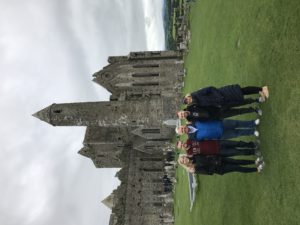
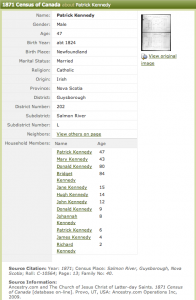
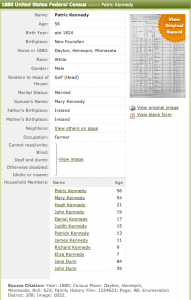
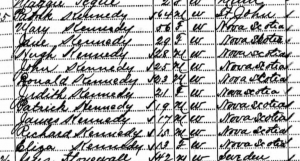
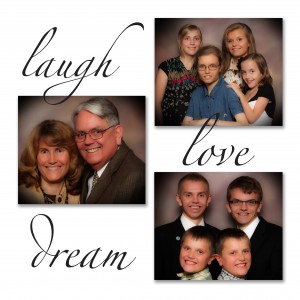
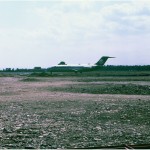
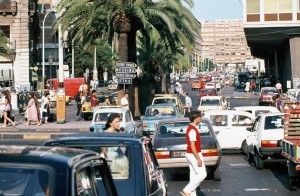
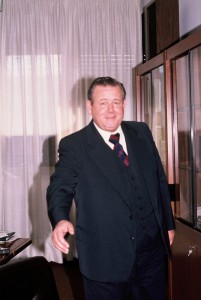
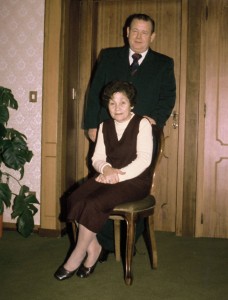


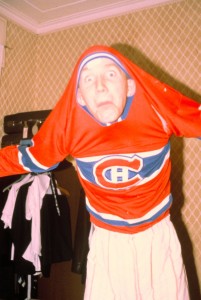


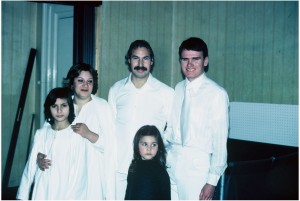
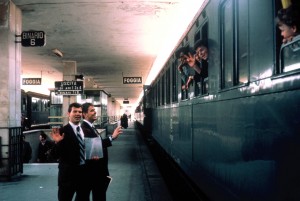
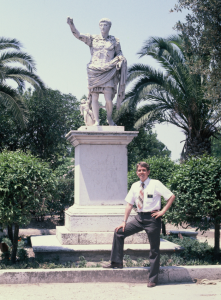
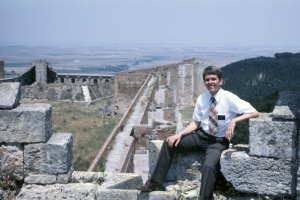
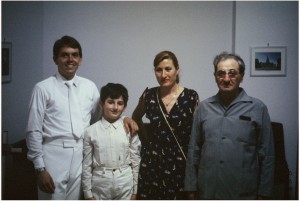
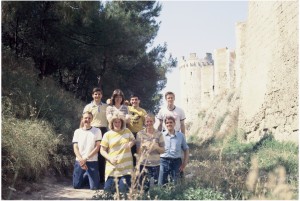
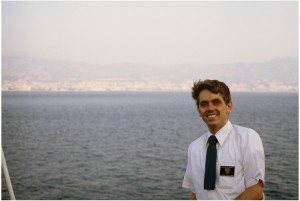

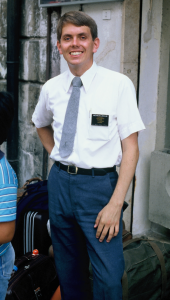
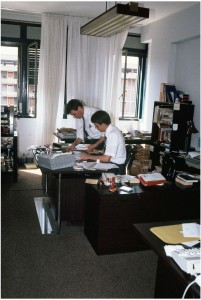

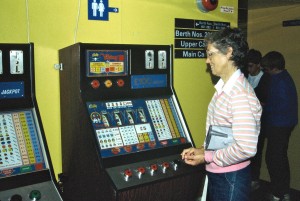
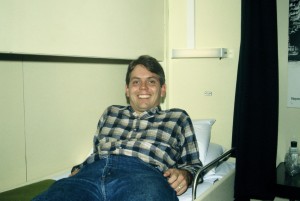

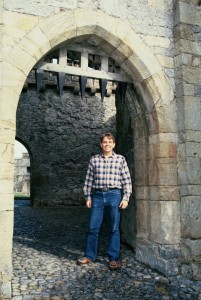

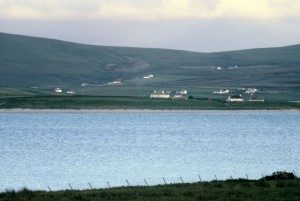
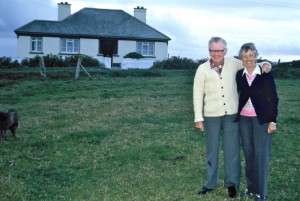
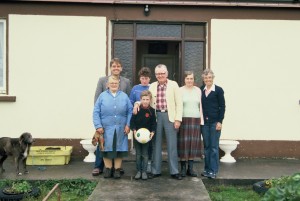
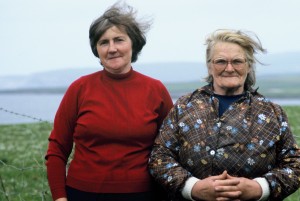
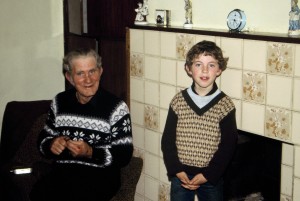
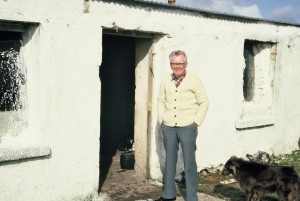
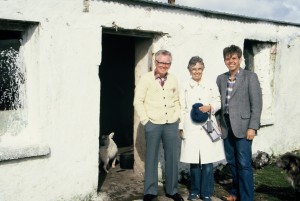
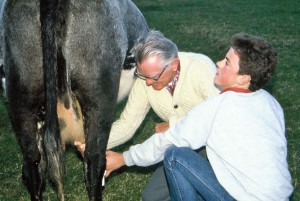
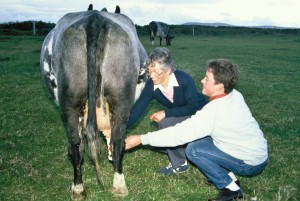
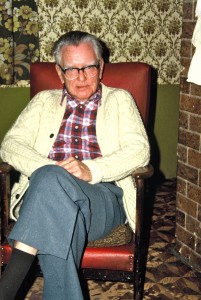
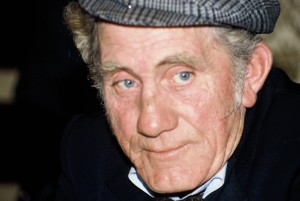
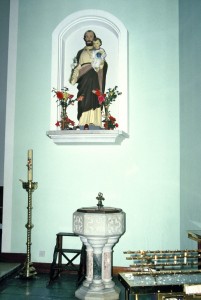
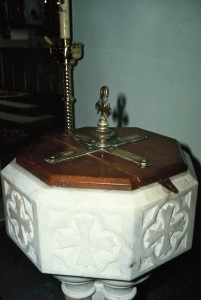
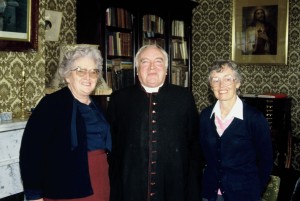
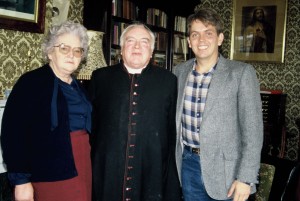
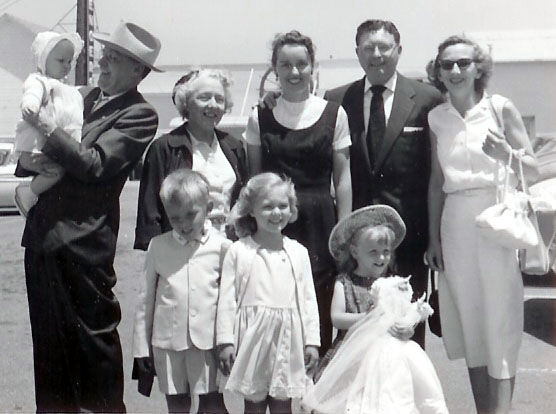
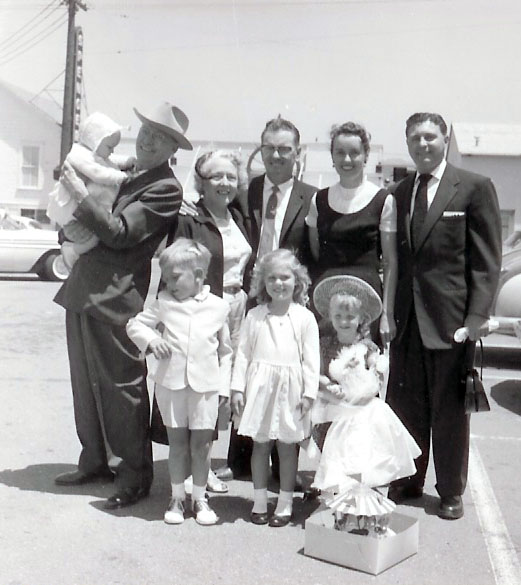
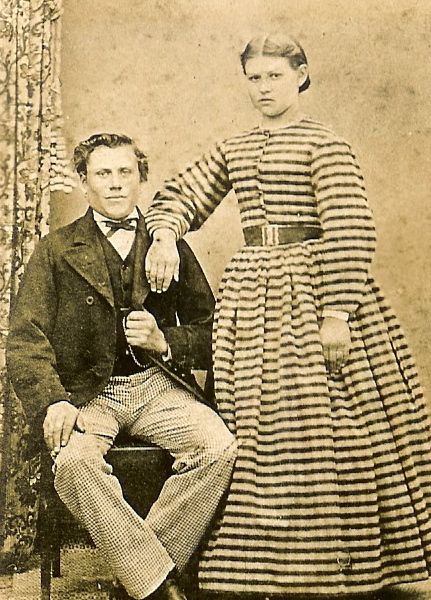
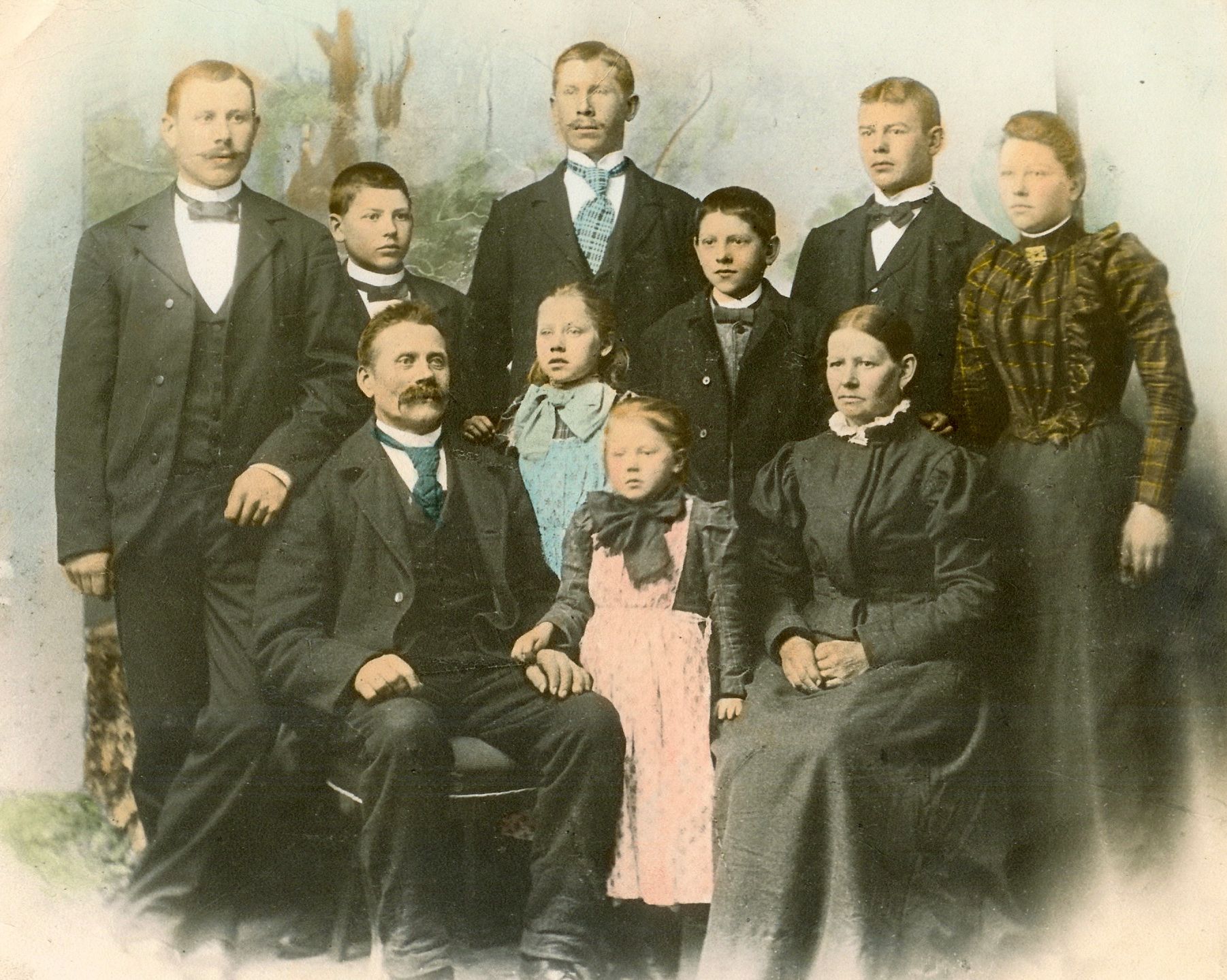
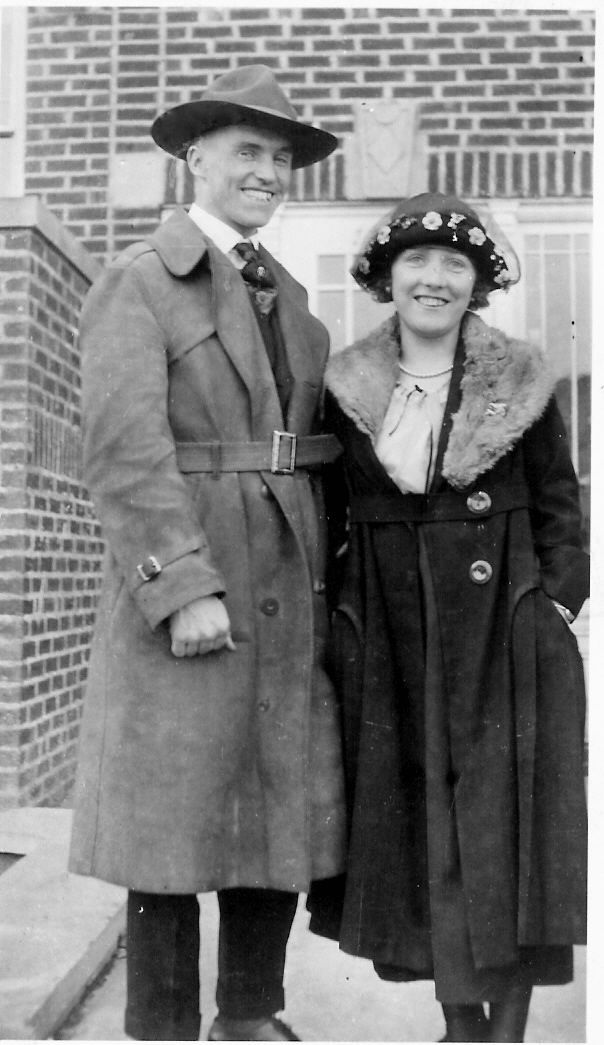
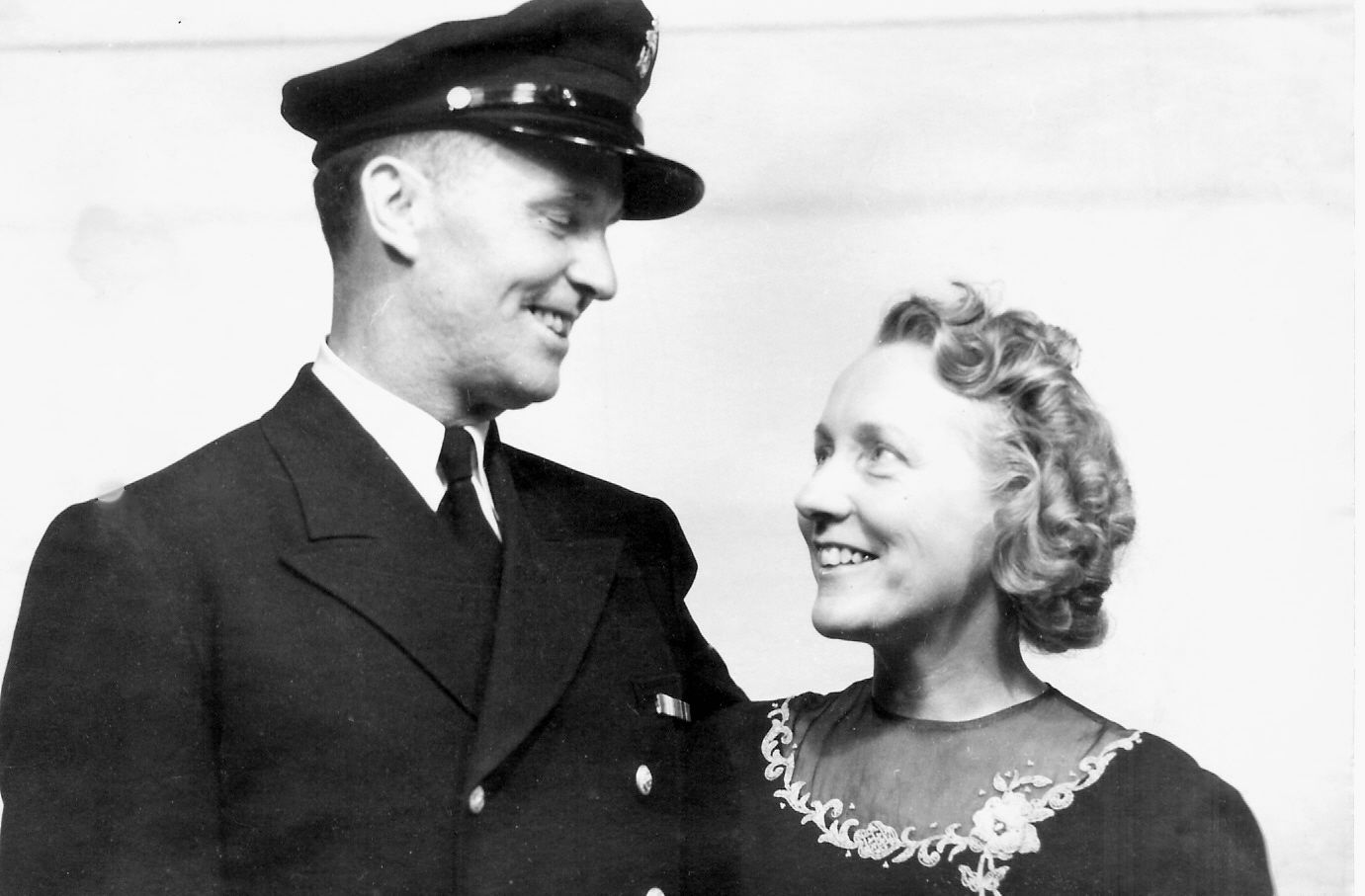
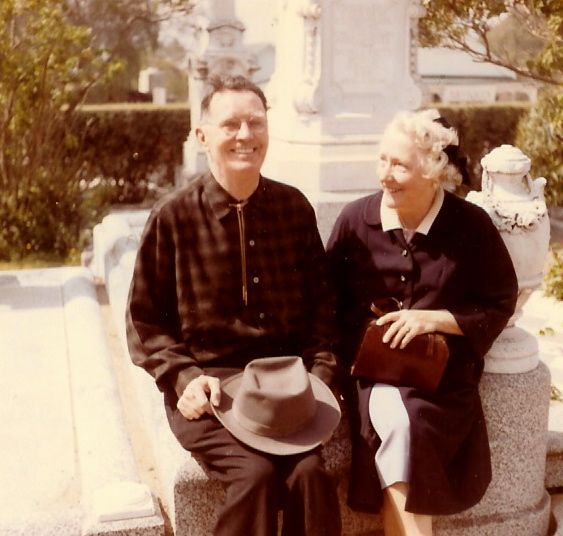
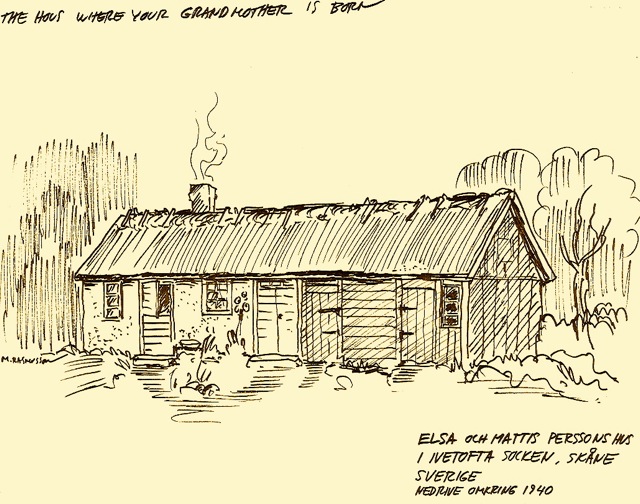
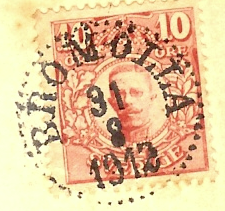 Ivetofta’s easy to miss on a map because it’s the parish for
Ivetofta’s easy to miss on a map because it’s the parish for 